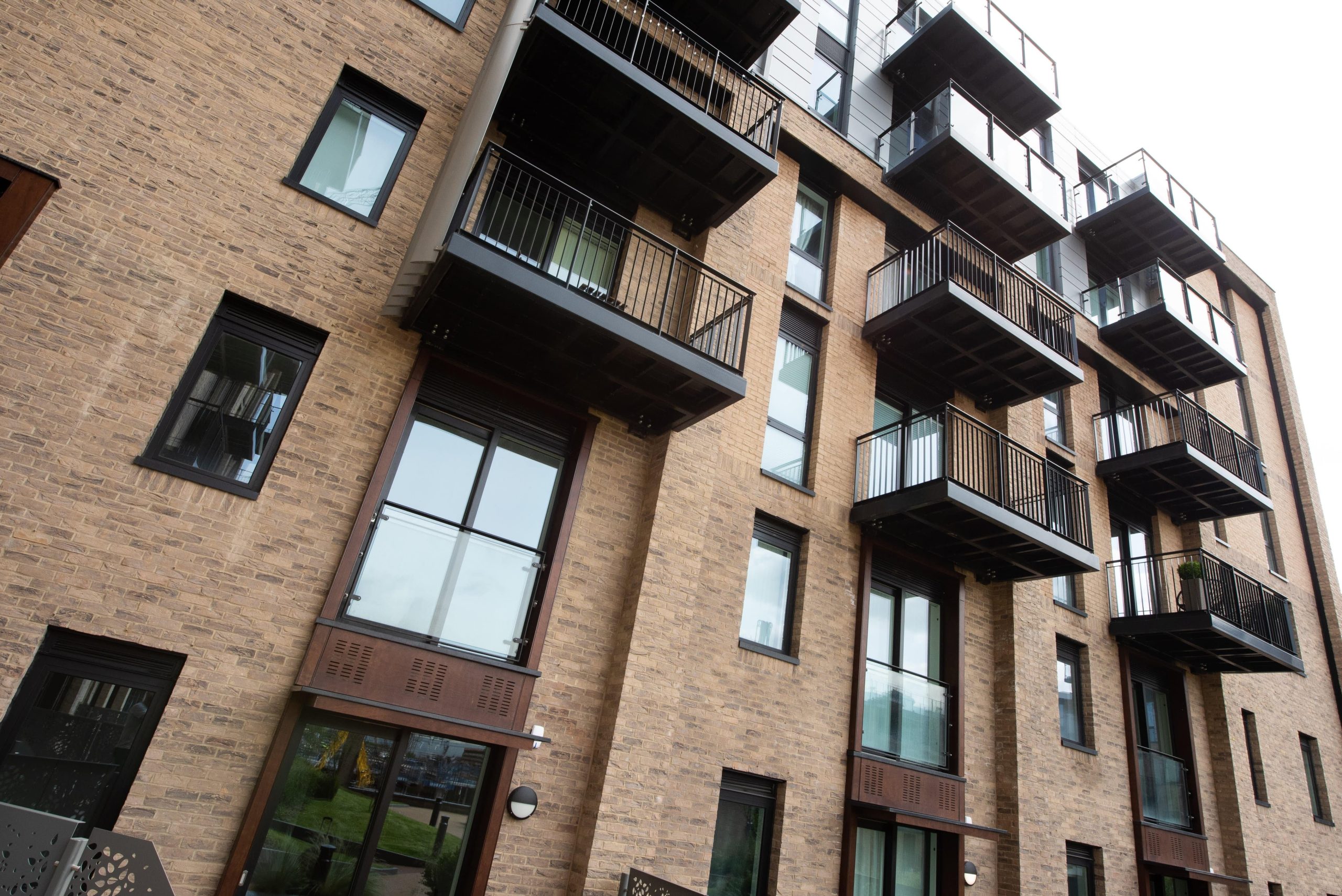Latest News

Snagging companies are hired to conduct quality assurance inspections on commercial and residential properties, such as flats, prior to the official handover from the contractor to the owner. The main goal of a snagging inspection is to identify and document any defects or unfinished work that need to be rectified before the property can be occupied or used. Many people often wonder whether or not flat buildings have more snags…Let’s investigate.
It is generally believed that apartment complexes may have more snags than other types of buildings due to their unique design and construction. For example, apartment complexes often have common walls and shared spaces, such as hallways and stairwells, which can make it more difficult to ensure that each individual unit is properly finished and functioning. In addition, the use of elevators, balconies, and other shared amenities may also increase the potential for defects and unfinished work.
The high rise nature of flats building may also increase the potential for snags. The height could increase the complexity of its building systems such as elevators, HVAC systems and fire protection systems, these systems are more susceptible to errors and defects during installation, which could lead to more snags being identified during a snagging inspection.
The tight spaces in flats may also increase the potential for snags. Because the living spaces in a flat tend to be smaller than in other types of buildings, it may be more difficult for the contractor to install systems and finishes properly. This could lead to more snags being identified during the inspection, such as improperly installed electrical or plumbing systems, or issues with the interior finishes of the unit.
Another potential reason why apartment complexes may have more snags than other types of buildings is due to the high volume of units. If a flat building has many units, it increases the chance that there are errors in construction and finishing. Additionally, as the number of units increases, it may be more difficult for the contractor to ensure that each unit is properly finished and functioning, which could lead to more snags being identified during the inspection.
In summary, apartment complexes may have more snags than other types of buildings due to their unique design and construction. Factors such as common walls, shared spaces, and tight living spaces, as well as the high volume of units, can increase the potential for defects and unfinished work. However, it’s important to keep in mind that snags can occur in any type of building and the number and types of snags identified during an inspection will depend on a variety of factors. It’s also important to mention that snagging is a process that should be done in any type of building, small or big, to find any errors and to assure the quality of the building before the handover.
As well, despite the fact that there is a common belief that snagging companies tend to find more snags in flat buildings, it’s important to keep in mind that snags can occur in any type of building. The number and types of snags identified during an inspection will depend on a variety of factors, such as the quality of the contractor, the complexity of the building, and the skill of the snagging inspector.
At Home Snagging UK, we combine state-of-the-art technology with our knowledge to ensure that your property is finished to your standard. We take great pleasure in having a precise and acute eye—qualities that all good snagging companies should have! Our professional snaggers are trained in defect prevention, finish consistency and much more. Learn more about our packages here. Alternatively, follow us on Instagram to stay up to date.
Barnsley
Beverley
Birmingham
Chester
Chesterfield
Coventry
Derby
Dewsbury
Doncaster
Grantham
Grimsby
Huddersfield
Hull
Huntingdon
Leeds
Leicester
Lincoln
Manchester
Mansfield
Newcastle
Nottingham
Peterborough
Rotherham
Scunthorpe
Sheffield
Shrewsbury
Stoke
Telford
Wakefield
Warwick
Wolverhampton
Worksop
York
We’re home snagging specialists with over 20 years of experience snagging new build homes. We identify construction defects, big or small, that your developer may have missed. We are fully qualified surveyors who work with our customers to make sure they get the perfect home.
© Home Snagging UK 2025
Website Maintained By Be My Social